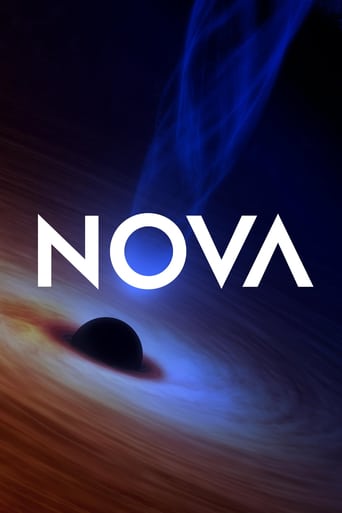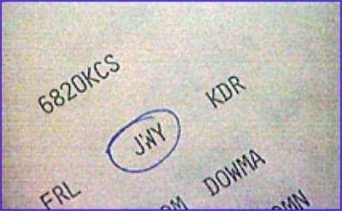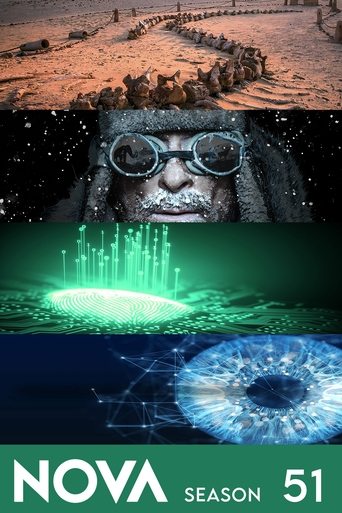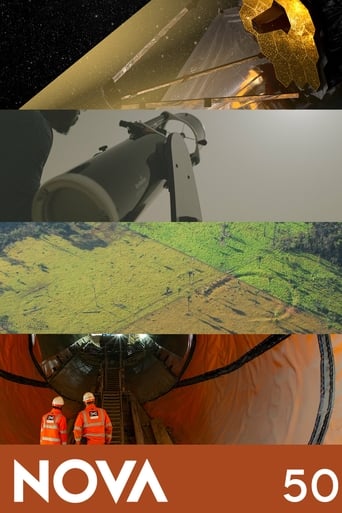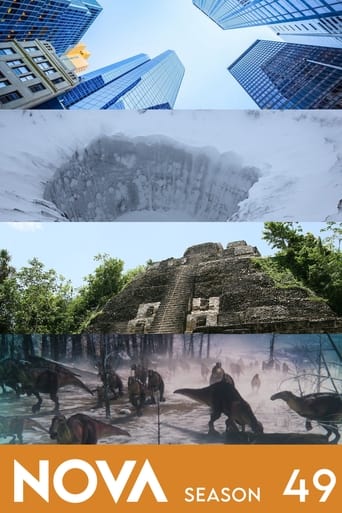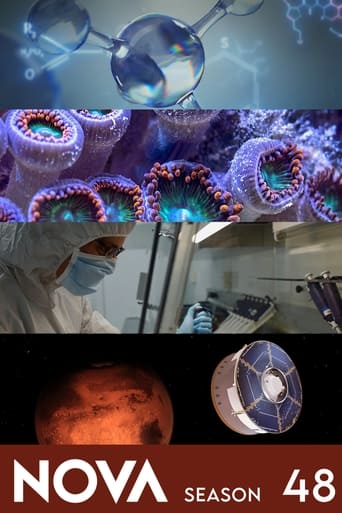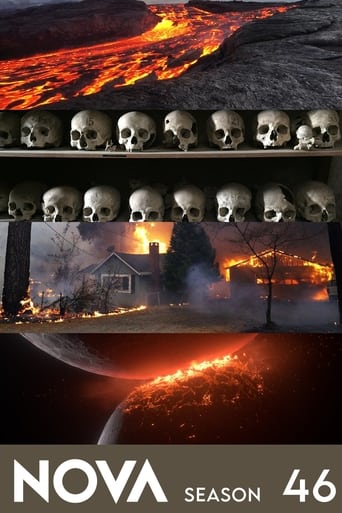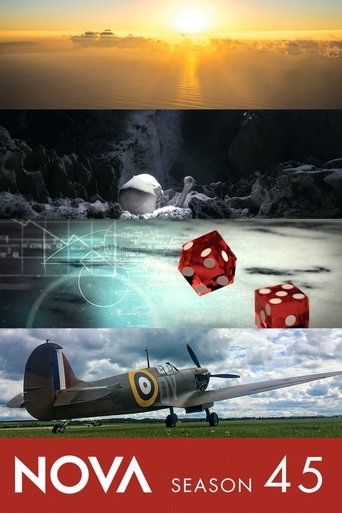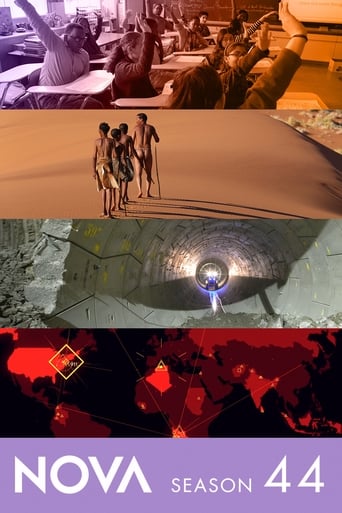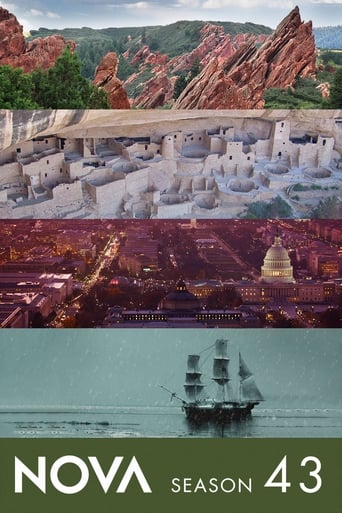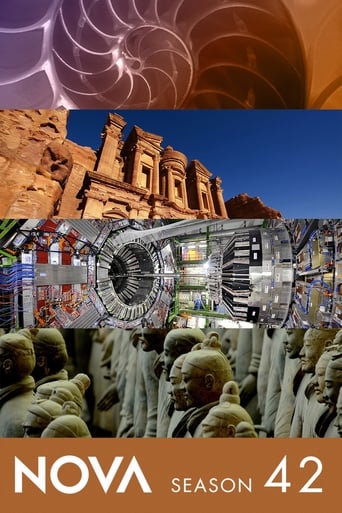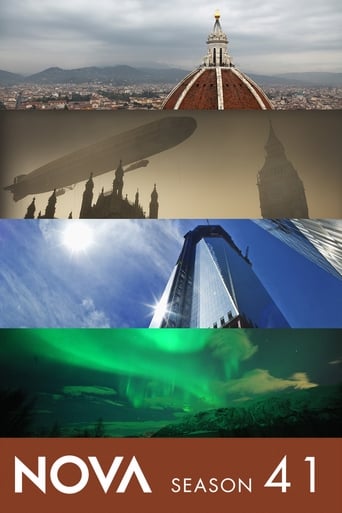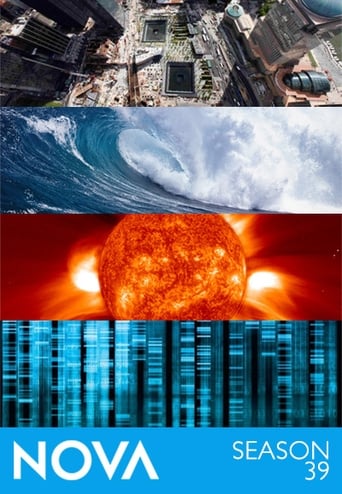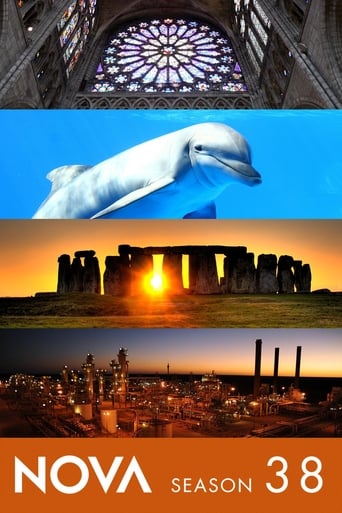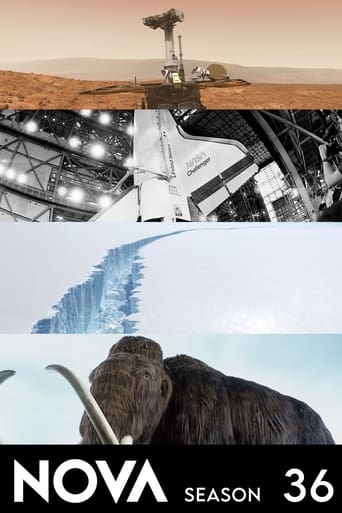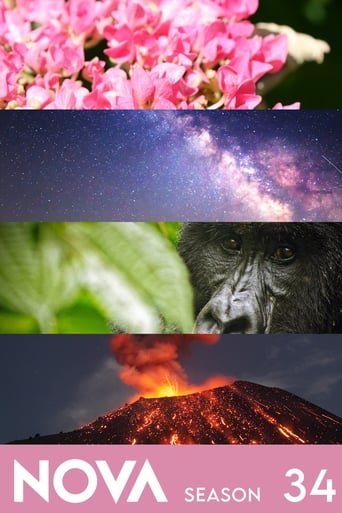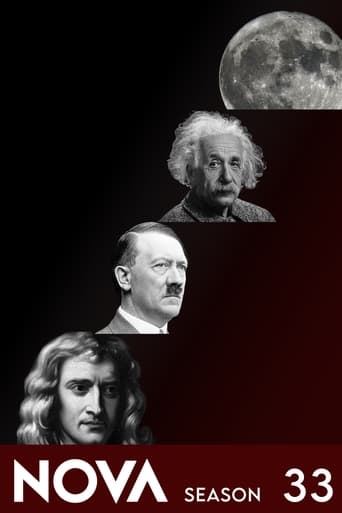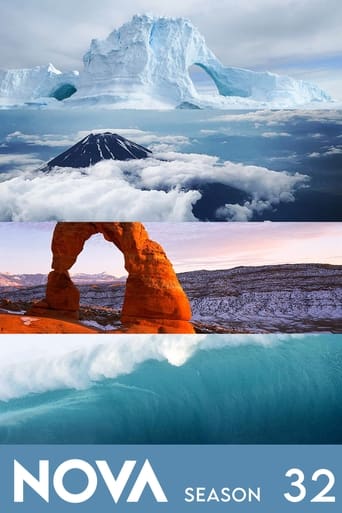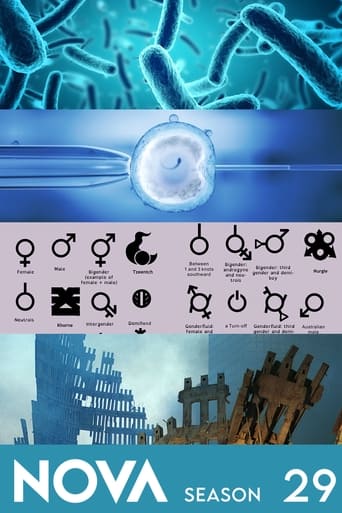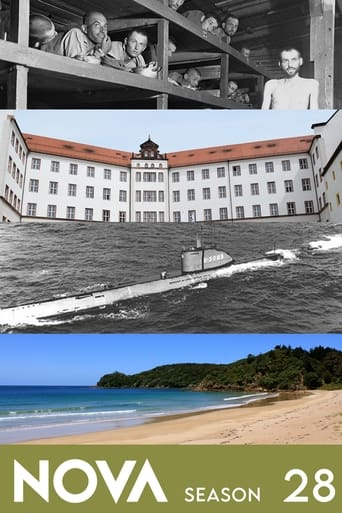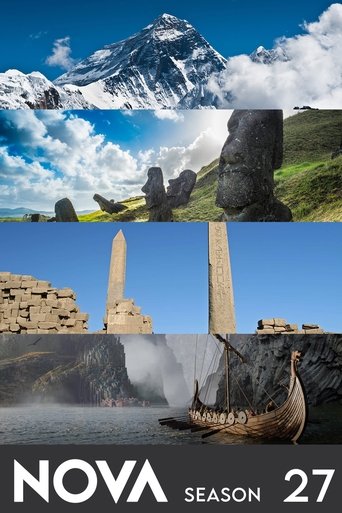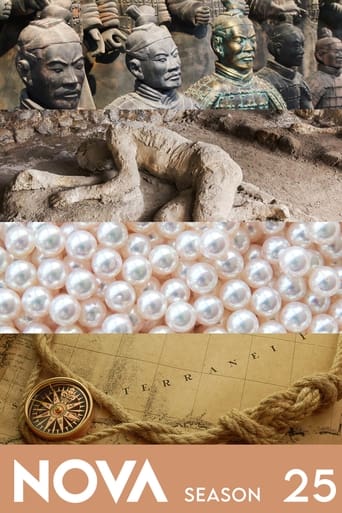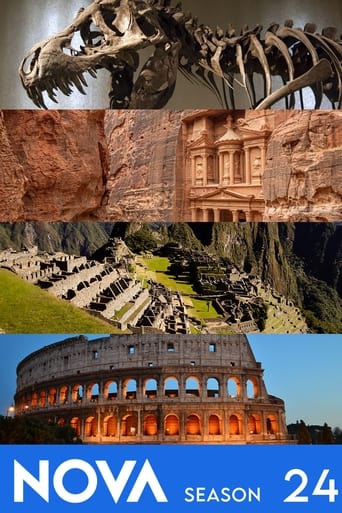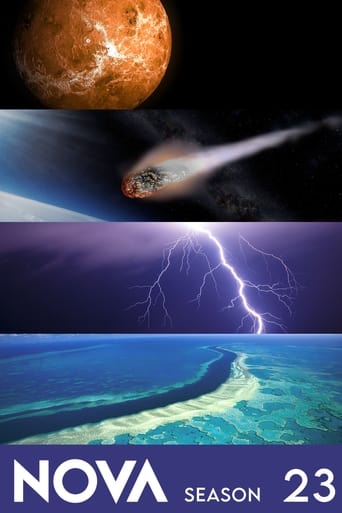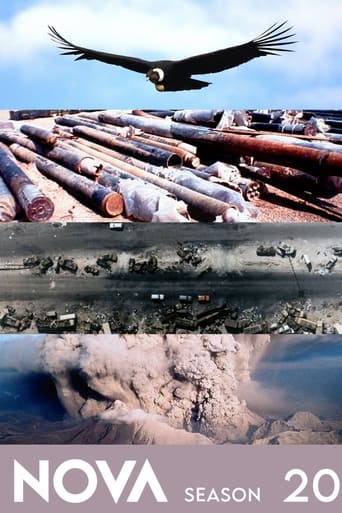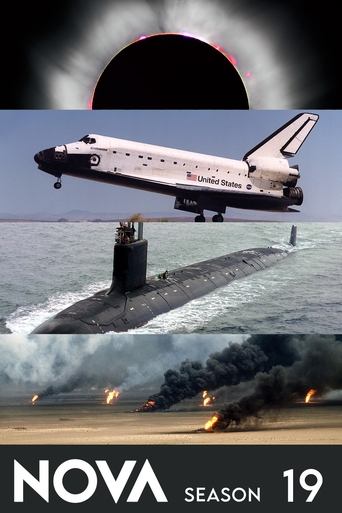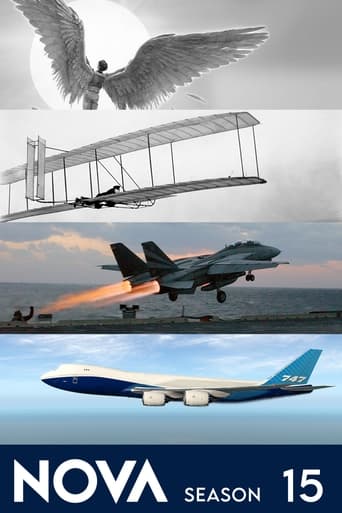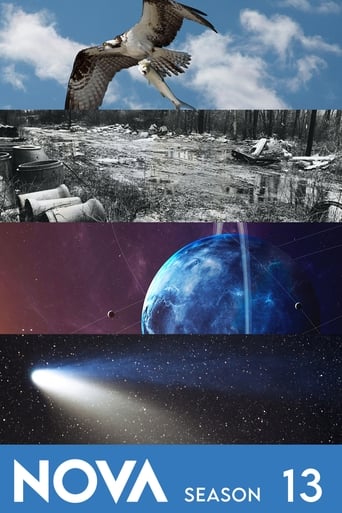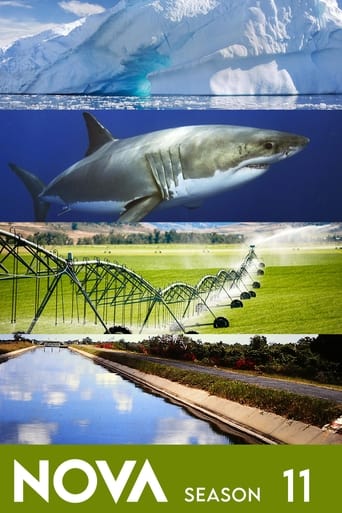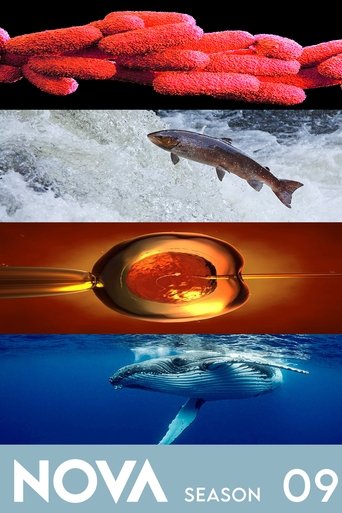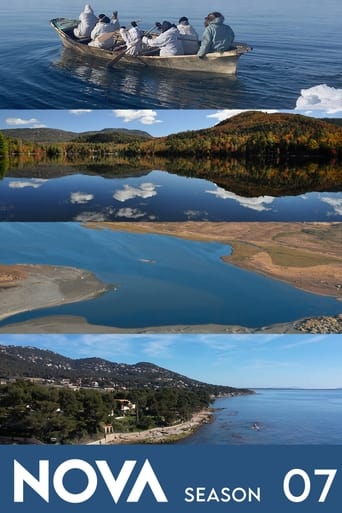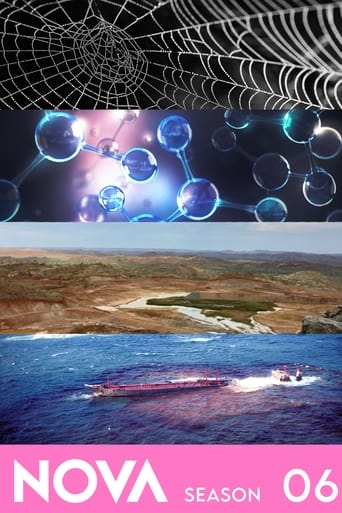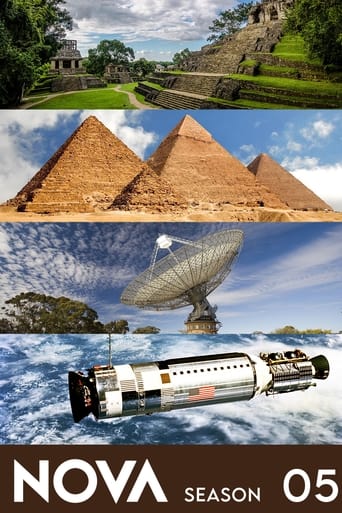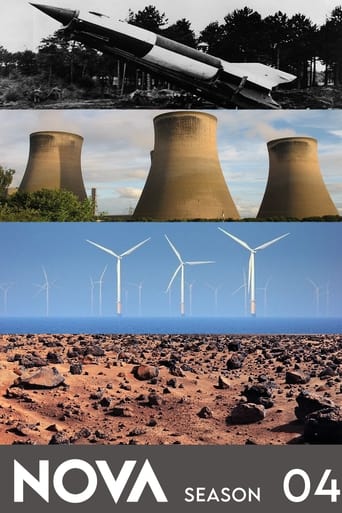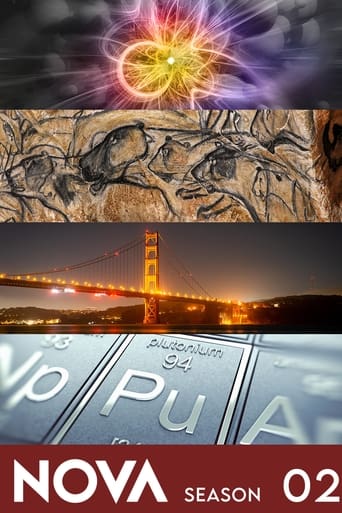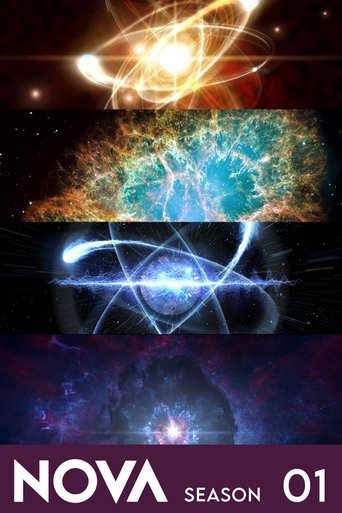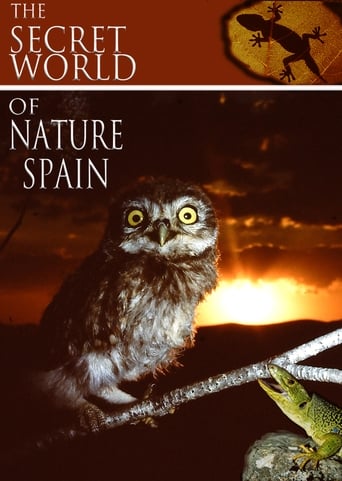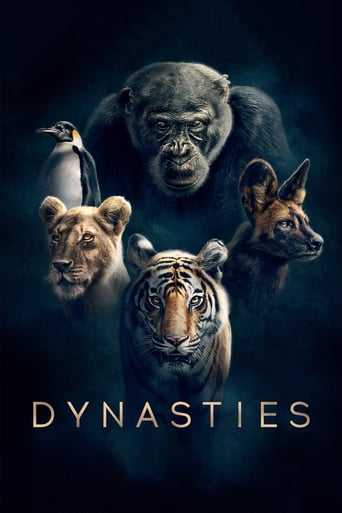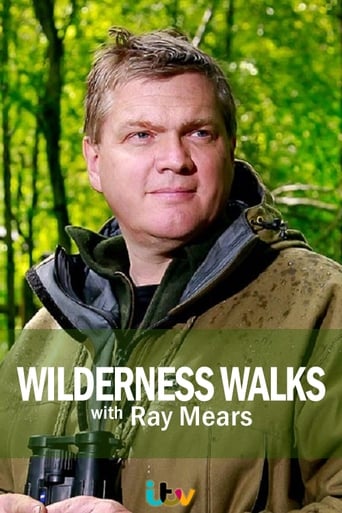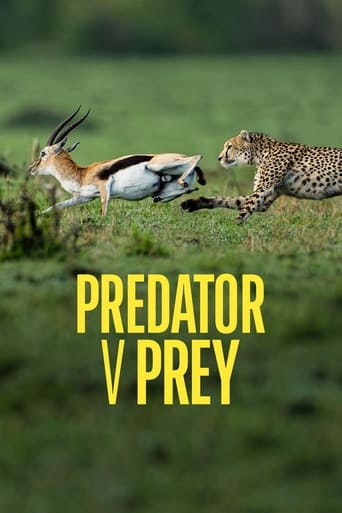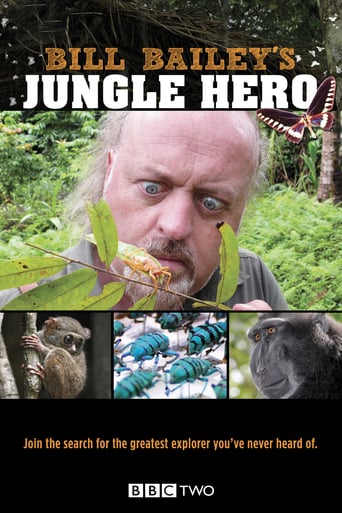NOVA Season 27
With 30 Day Free Trial!
NOVA
1974 / TV-PG
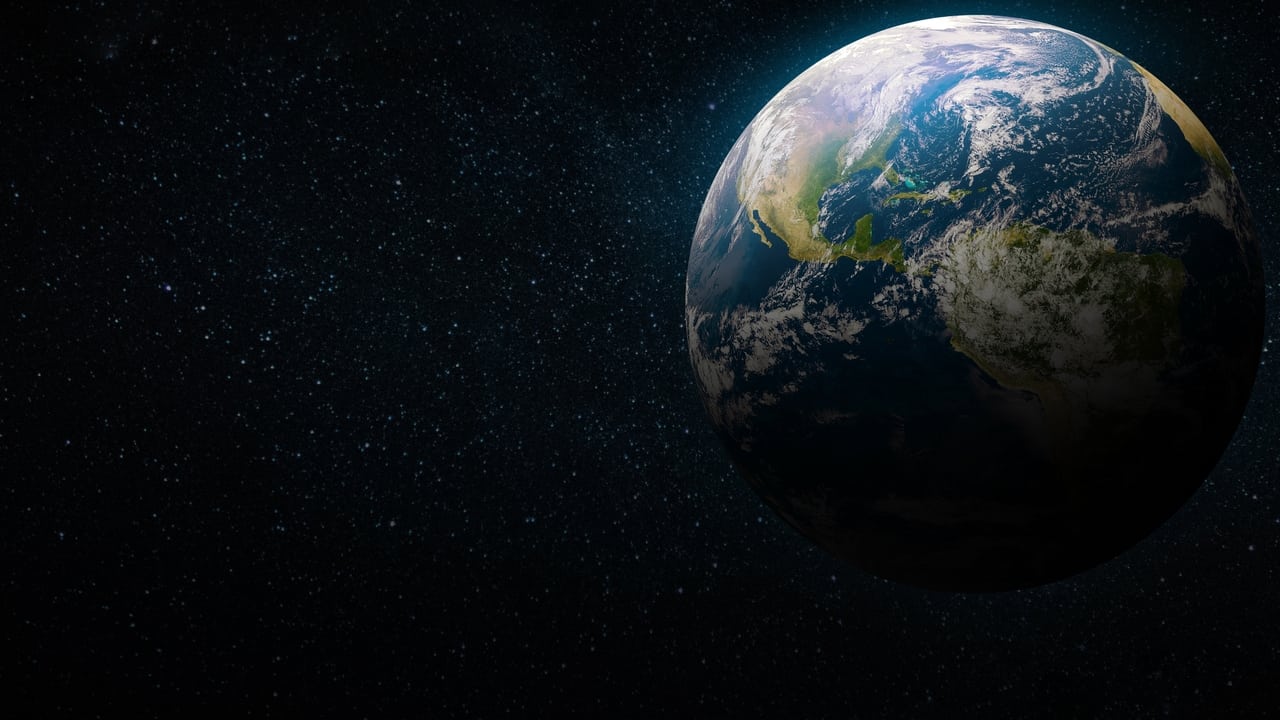
PBS' premier science series helps viewers of all ages explore the science behind the headlines. Along the way, NOVA demystifies science and technology, and highlights the people involved in scientific pursuits.
Watch Trailer
NOVA Season 27 Full Episode Guide
In this two-hour special, NOVA presents a dramatic investigation of a people who were much more than axe-wielding pirates. It features stunning camerawork in Scandinavia and the far-flung countries that the Vikings penetrated, while historians and archaeologists present us with an image of the Vikings that goes far deeper than their savage stereotype. The latest research shows that they were canny merchants, expert shipbuilders, superb artisans, and bold colonizers of lands that lay beyond the edge of the known world.
The broadcast explores America's manned space program and the crisis caused by Russia's delay in delivering the critical third piece of the International Space Station.
In "What's Up with the Weather?" NOVA and FRONTLINE join forces to investigate the science and politics of one of the most controversial issues of the 21st century: the truth about global warming.
The film, which is a part of the NOVA series Secrets of Lost Empires, documents a 1999 effort by a NOVA-assembled crew of scholars and timber framers to design and build a Chinese bridge known only from an ancient painting.
At the heart of Jewish tradition lies the haunting mystery of the Lost Tribes of Israel. Ever since their defeat and banishment by the Assyrians in 722 BC., the Lost Tribes fate has inspired countless claims to Jewish ancestry by groups scattered on every continent. But now, surprisingly, new advances in genetics are dispelling myth and fantasy, and raising a curtain on the forgotten reality of the dispersal that happened so many centuries ago. This story will follow the first attempt to use the new tests to investigate a seemingly improbable African candidate for a Lost Tribe. It will dramatize a scientific quest that leads from the gene labs of London to the remote bush country of Zimbabwe and the lunar-like desert wilderness of southern Yemen.
In the film, which is a part of the NOVA series Secrets of Lost Empires, an international crew of archeologists, engineers, and historians designs, builds, and tests a functioning Roman bath in the Turkish countryside.
In 1996, near Kennewick, Washington, a suspected murder victim is identified by forensic anthropologists as Caucasian - but turns out to be almost 10,000 years old. For fifty years our picture of prehistoric America has rested on the premise that the earliest inhabitants of the Americas were east Asians of mongoloid stock, the ancestors of today's Native Americans. But the discovery of the Kennewick Man, along with several other startling finds in recent years, has thrown that once widely accepted idea into question and revolutionized the science of paleo-anthropology. It has also embroiled scientists in a bitter conflict with Native American groups who want the scientific study of early Americans halted. Who and what do Kennewick Man and others represent? NOVA is following the efforts of paleo-anthropologists work to decode the story in the bones of people who died 10,000 years ago.
The film, which is a part of the NOVA series Secrets of Lost Empires, showcases the efforts of a team of archeologists, engineers, and other experts to transport an Easter Island moai, or carved stone monolith, overland and successfully raise it onto a pedestal.
The film tells the fascinating story of the invention of the Black-Scholes Formula, a mathematical Holy Grail that forever altered the world of finance and earned its creators the 1997 Nobel Prize in Economics.
In the film, which is a part of the NOVA series Secrets of Lost Empires, NOVA brings together a team of Egyptologists, engineers, stonemasons, and timber framers to probe the mystery of how the ancients shaped, transported, and erected their elegant obelisks.
The film documents the efforts of researchers around the world to create synthetic diamonds, some of which have become so indistinguishable from natural diamonds as to fool experts.
In the film, which is a part of the NOVA series Secrets of Lost Empires, a team of timber framers and other specialists design, build, and fire a pair of trebuchets, a devastating engine of war popular in the Middle Ages.
The program chronicles a successful 1999 NOVA expedition to investigate the mysterious disappearance of George Mallory and Andrew Irvine high on Everest in 1924. During this expedition, which included a NOVA/PBS Online Adventure, Mallory's body was found, though the mystery only deepened.
NOVA chronicles a year in the life of a bee colony with stunning images that take viewers inside the innermost secrets of the hive. The documentary team spent a year developing special macro lenses and a bee studio to deliver the film's astonishing sequences. These include the "wedding flight" of the colony's virgin queen as it mates in mid-air with a drone; the life-and-death battle between two rival queens for the colony's throne; and the defeat and death of a thieving wasp at the entrance to the hive. The show also explores such mysteries as the famous "waggle dance" with which scout bees signal the exact direction and distance of nectar sources to the rest of the hive. A vivid picture emerges of the bee's highly organized social life, revolving around the disciplined sharing of construction tasks, the collection of nectar, and warding off enemies. "Tales From the Hive" pushes the boundaries of wildlife filmmaking and opens up an unforgettable window on a strange and complex insect world.
The program tells the story of a handful of brilliant, obsessed surgeons and researchers who have pursued the target of a practical artificial heart for decades.
Buried in mud beneath the shallow waters of Matagorda Bay in Texas, lay a glorious remnant of one of the most ill-fated voyages of the Age of Discovery. After years of searching the area, nautical archaeologists doing a magnetometer survey honed in on a promising site. And on the first day of diving, they were astounded to feel the distinctive outlines of a cannon, and sense the massive size of the wreck. When the cannon was hauled from the water, their hunch was confirmed: This ship, called La Belle, belonged to the 17th Century French explorer Robert Cavelier de La Salle. NOVA follows the building of a coffer dam and subsequent complete excavation of this remarkable site. Preserved were not only armaments and trade beads, but also a wealth of organic material—the wooden hull, leather shoes, and even a skeleton—that brings the voyage to life.
Most historians agree that by enabling Allied commanders to eavesdrop on German plans, Station X shortened the war by 2 or 3 years. Its decoded messages played a vital role in defeating the U-boat menace, cutting off Rommel's supplies in North Africa, and launching the D-Day landings. Now, for the first time on television, a 2-hour NOVA Special tells the full story of Station X, drawing on vivid interviews with many of the colorful geniuses and eccentrics who attacked the Enigma. Wartime survivors recall such vivid episodes as the British capture of the German submarine U-110; one of its officers describes how he saved a book of love poems inscribed to his sweetheart but failed to destroy vital Enigma documents on board. "Decoding Nazi Secrets" also features meticulous period reenactments shot inside the original buildings at Station X, including recreations of the world's first computing devices that aided codebreakers with their breakthroughs. Station X not only helped reverse the onslaught of the Third Reich, but also laid the groundwork for the invention of the digital computer that continues to transform all our lives.
In the far north of Japan, thrust out into the north Pacific, is the remote island of Hokkaido. It's a land of towering volcanoes and steaming lakes, marshy valleys and fairy tale forests. Among this magical scenery, where summers are brief and winters are fierce, lives an extraordinary spectrum of life, found nowhere else in Japan. Here among the coastal lowlands, grizzly bears plunge into icy streams for salmon, Japanese cranes perform balletic courtship dances to one another, the rare and enormous Blakistons fish owl swoops on flying squirrels, and white-tailed eagles scan the rugged ocean cliffs for unsuspecting seabirds. HIgh on the mountains Asiatic pikas, arctic hares and Siberian chipmunks gather food, ever-watchful for the predatory sable. We think of Japan as a highly-populated, ultra modern society, and yet it remains a highly spiritual place where wildlife is treasured and carefully protected. Weaving Ainu legend with fascinating natural behavior, this film will follow the lives of Hokkaido's special creatures through the seasons, to capture the true essence and beauty of this other-worldly place.
The death of Marilyn Sheppard in 1954 is one of the most famous unsolved murders in America. The indictment of her husband, Dr. Sam Sheppard, quickly became the "Trial of the Century," then the "Re-Trial of the Century," making a celebrity out of lawyer F. Lee Bailey. Although most of the forensic evidence gathered in 1954 was ignored during Sheppard's trial, it is being re-examined with today's advanced technology. Like an intricate puzzle, the clues come together to overturn previous assumptions about the killer and point to an entirely new suspect. NOVA assembles a notable team of experts—including Barry Scheck, a well-known lawyer from the O.J. Simpson trial—and builds a precise replica of the Sheppard house, complete with the original furniture. With this unique revisiting of a vanished crime scene, NOVA investigates a horrifying and sensational milestone in forensic science.
In the program, leading physicists delve into the mystery of whether time travel is possible, and if so, how one might go about building a time machine.
Even before it was finished 800 years ago, the Leaning Tower of Pisa - a masterpiece of medieval architecture - began to topple, shaken by earthquakes and sinking slowly into the unstable soil. Today, the top hangs just 16 feet over the base and collapse seems imminent. NOVA follows a decade-long search for a solution to correct the lean and save the unique building. State-of-the-art computer models, ingenious experiments with models and a string of near-disasters eventually push an international committee of prominent engineers and architects into an 11th-hour decision. A suspenseful tale of engineering hopes and frustrations, the program is both high comedy and a hands-on engineering adventure, guiding viewers into the minds of daring medieval architects and their ingenious modern successors.
Free Trial Channels
Seasons


